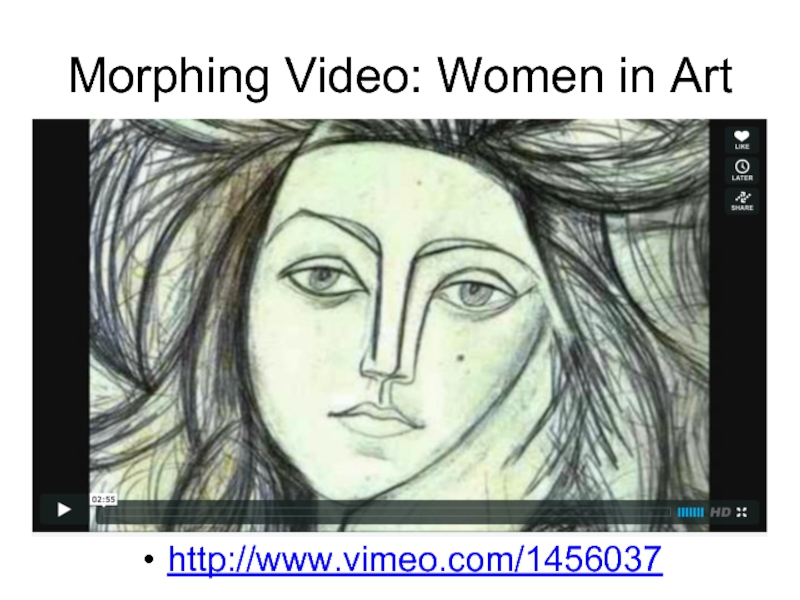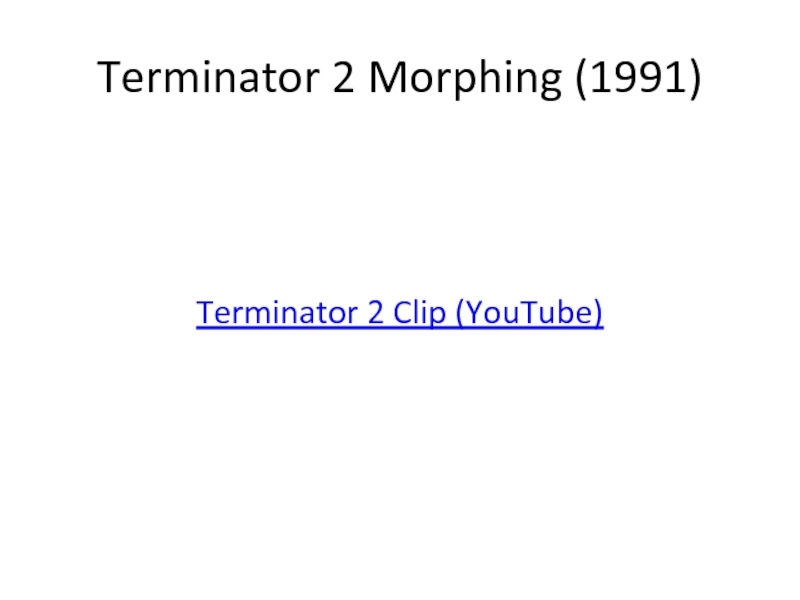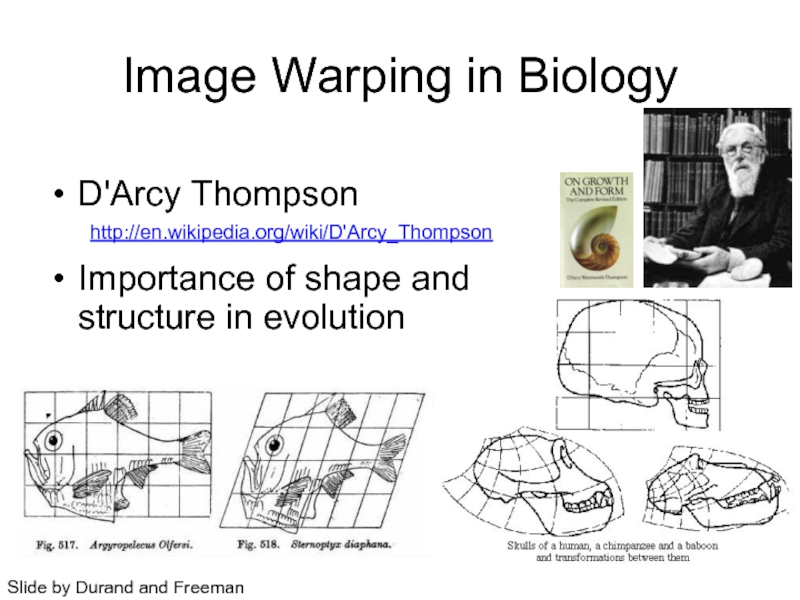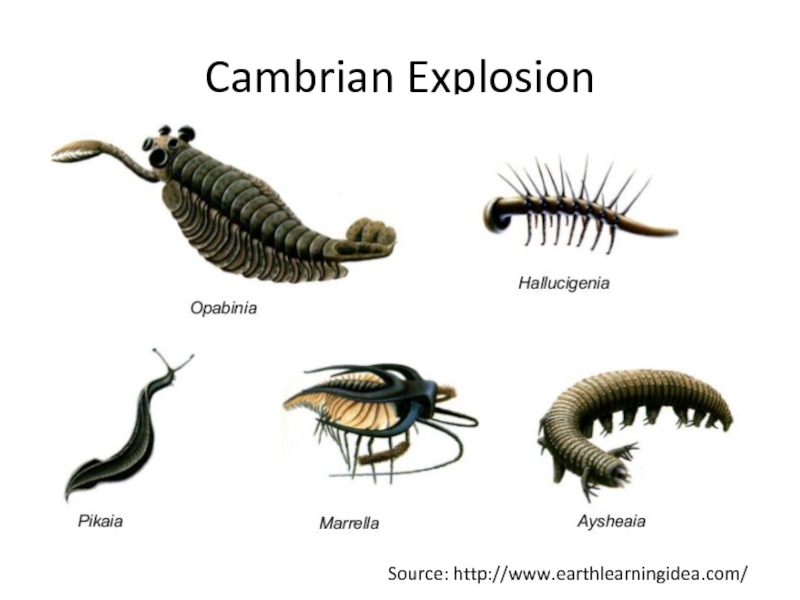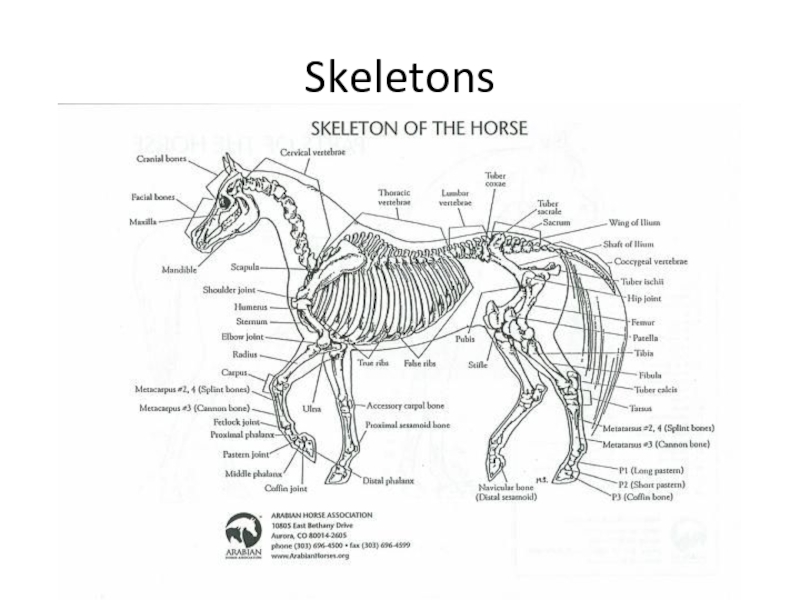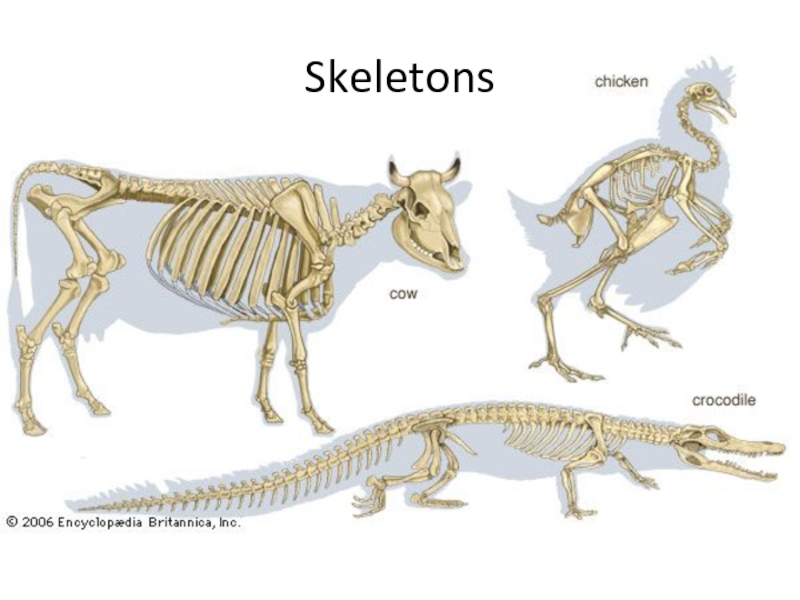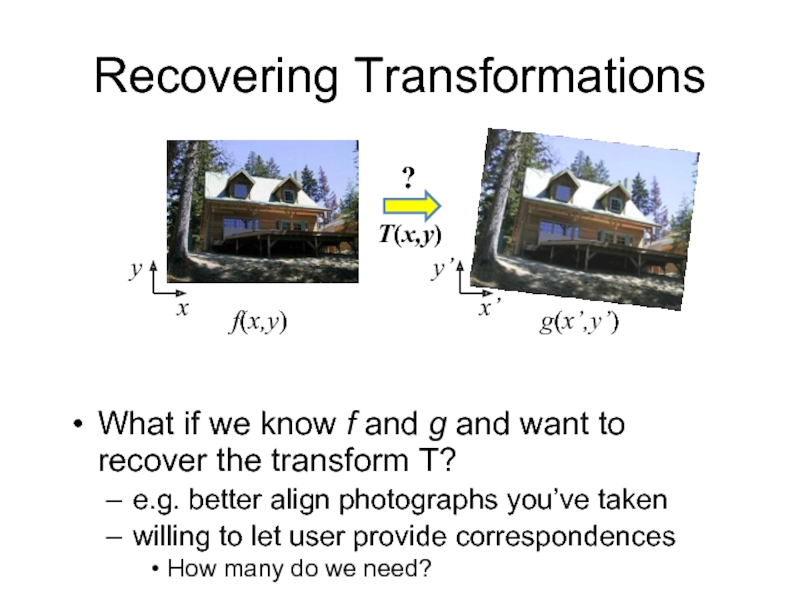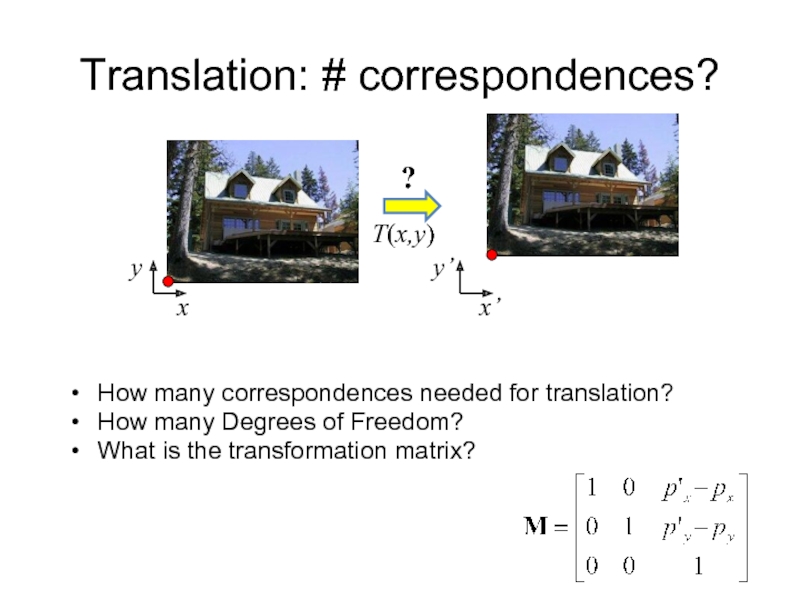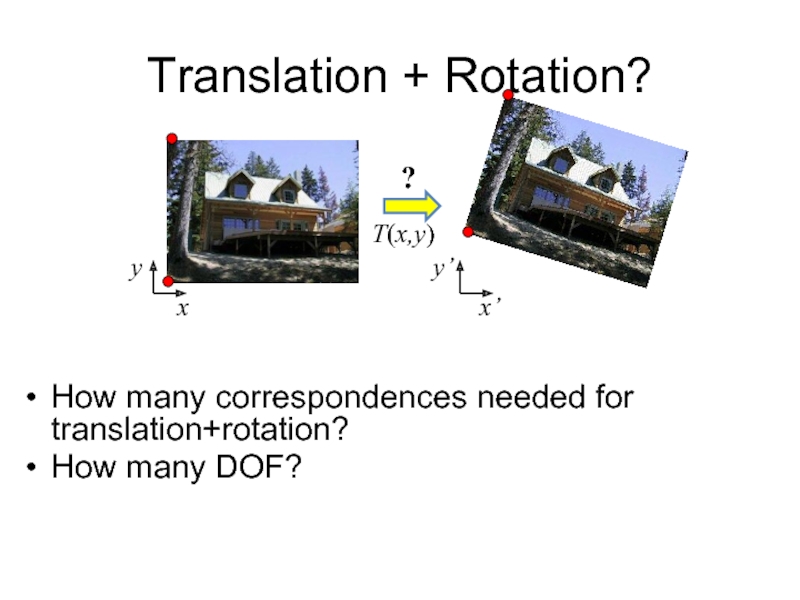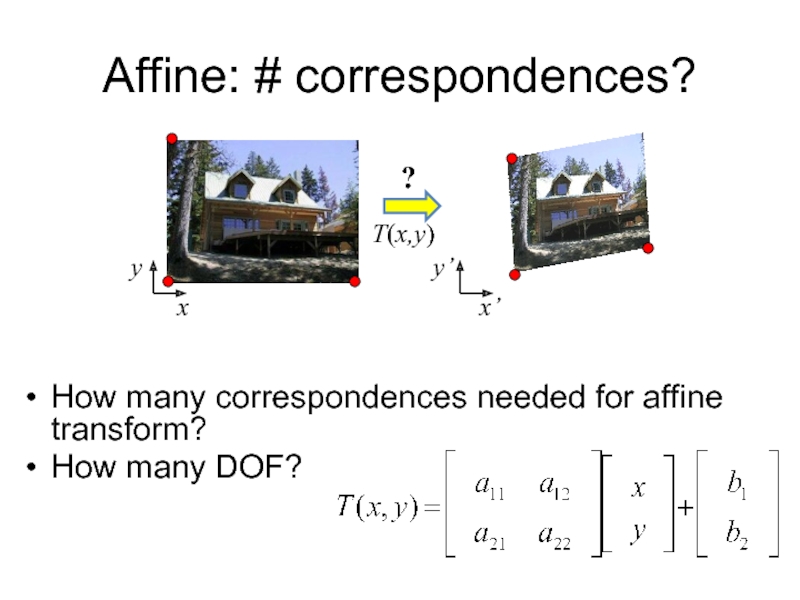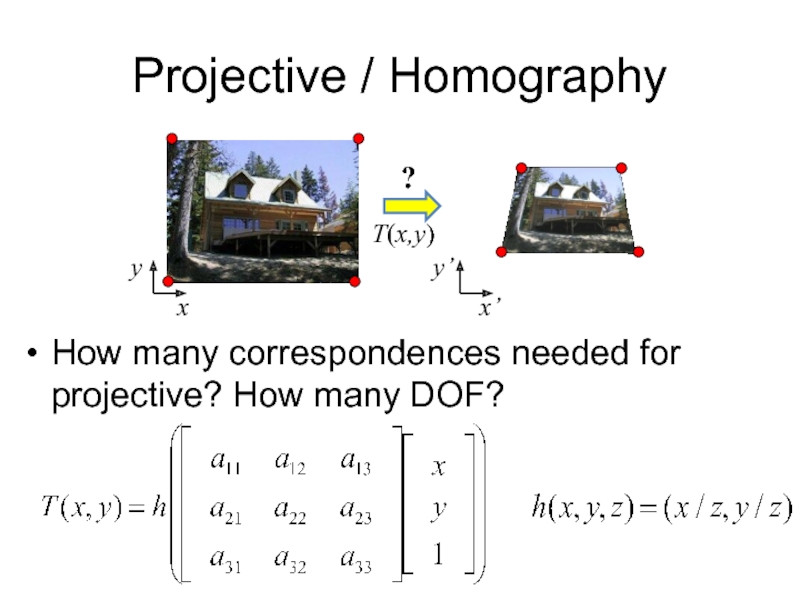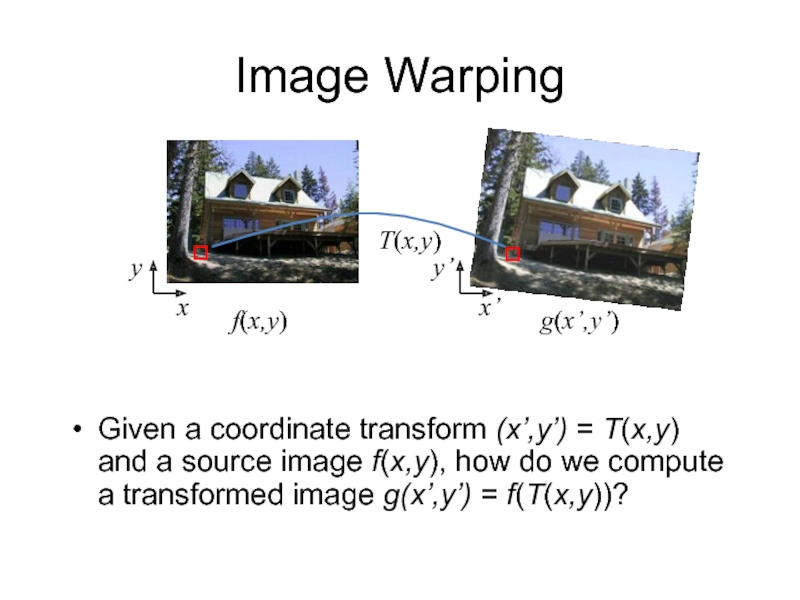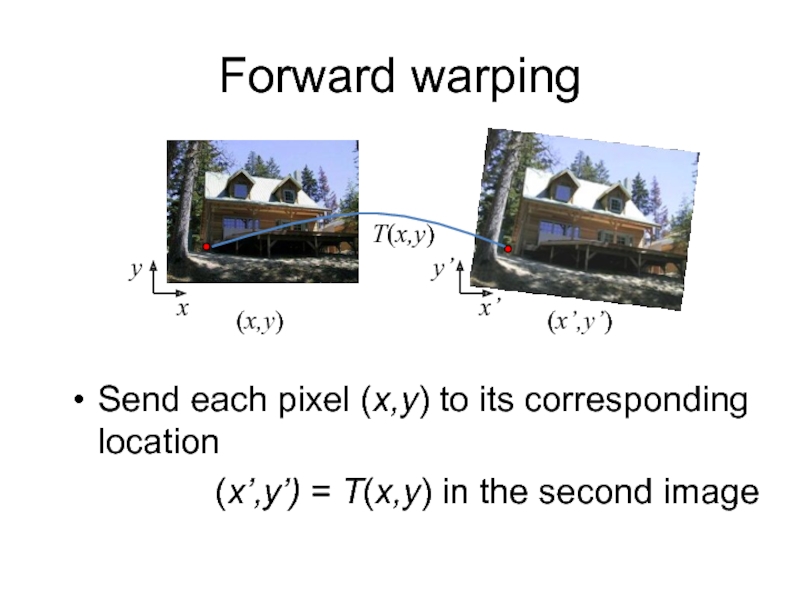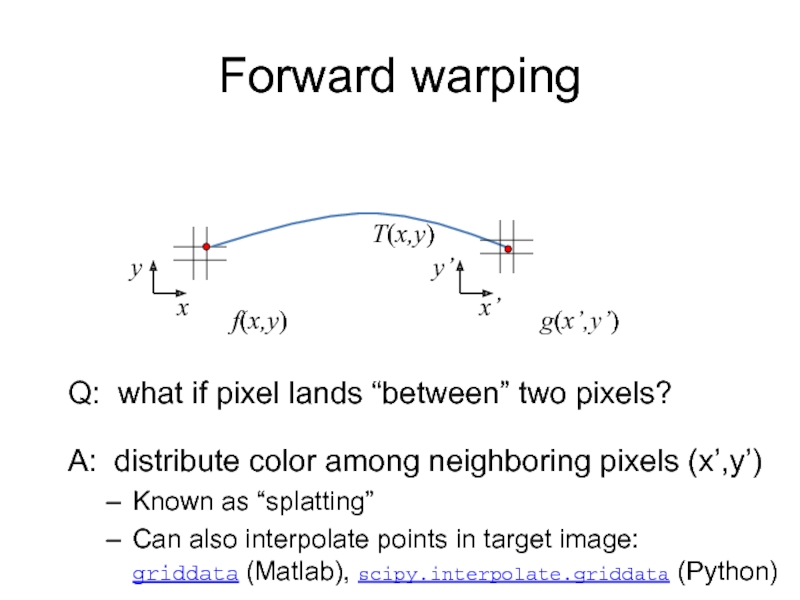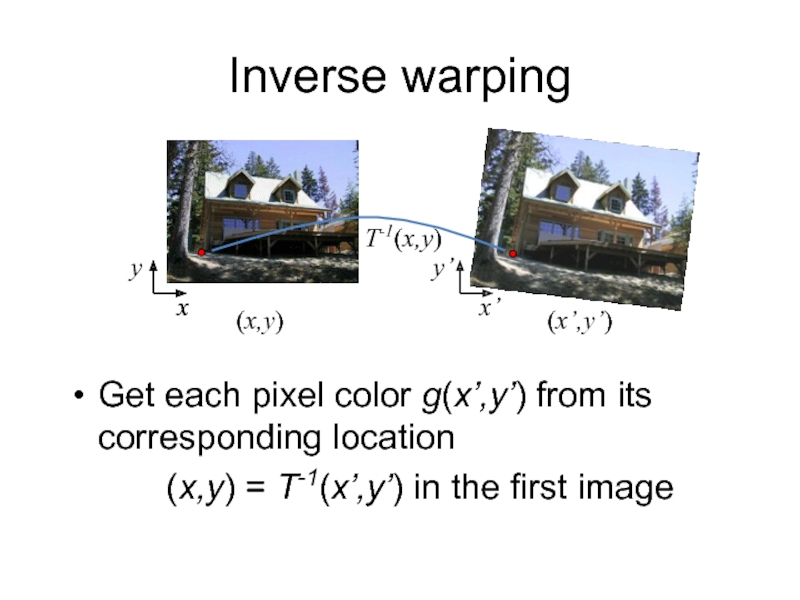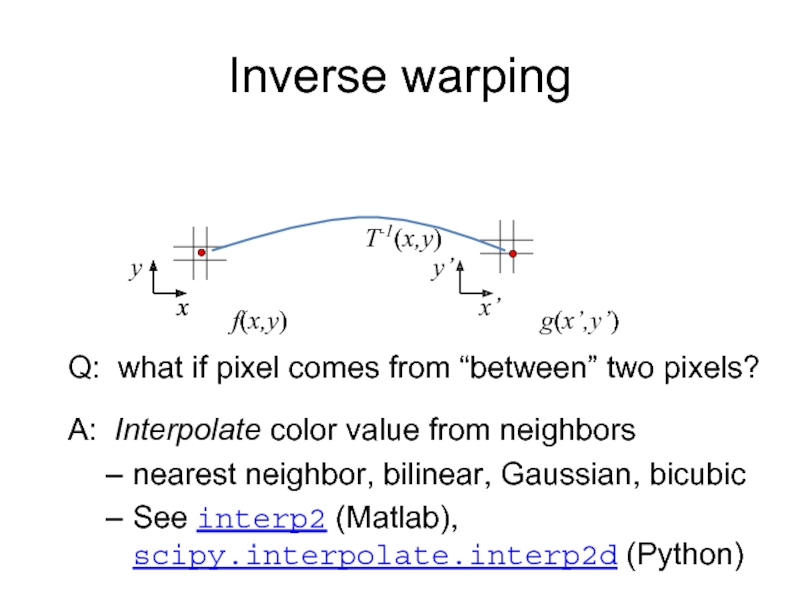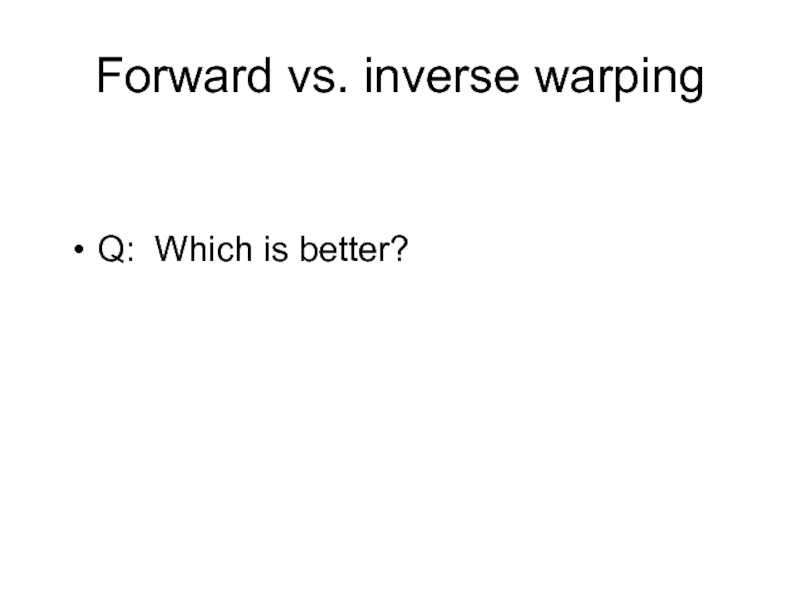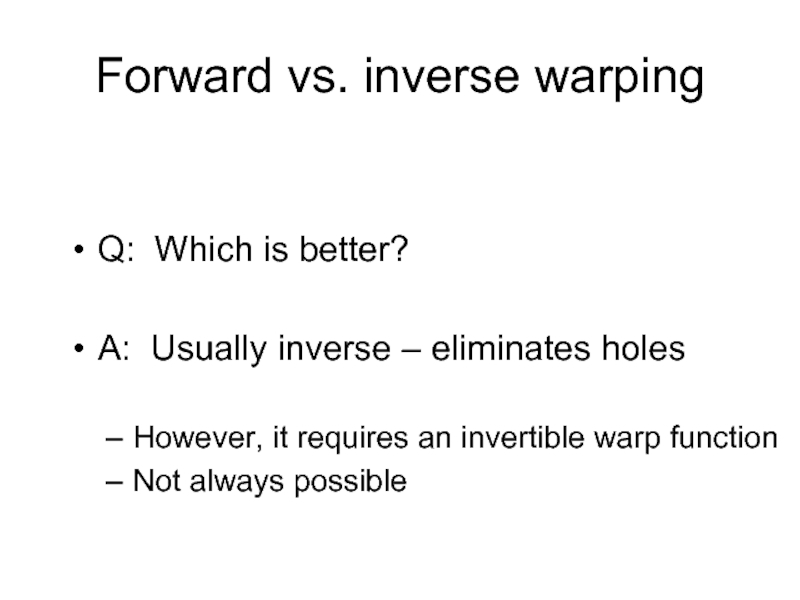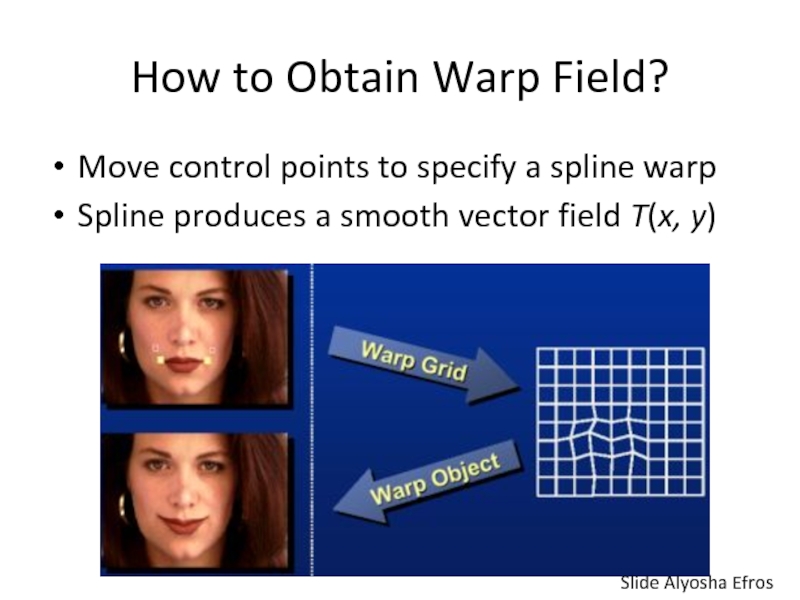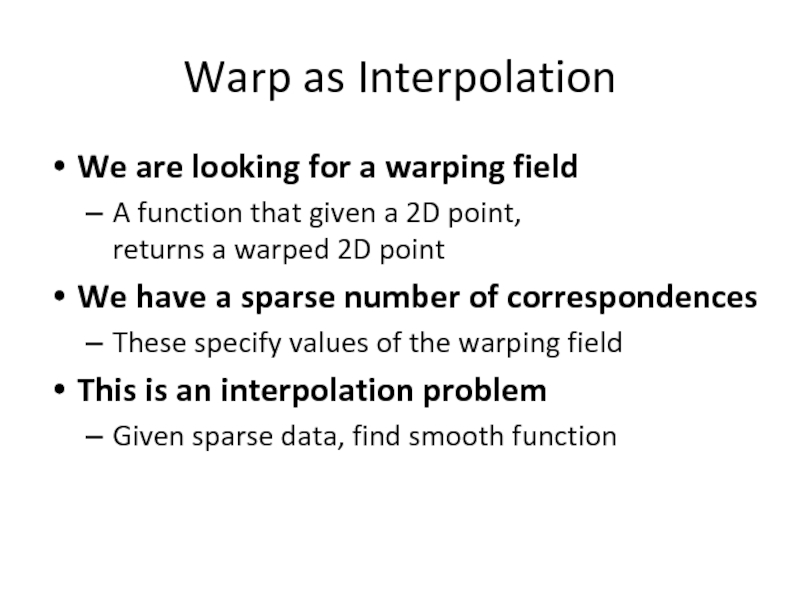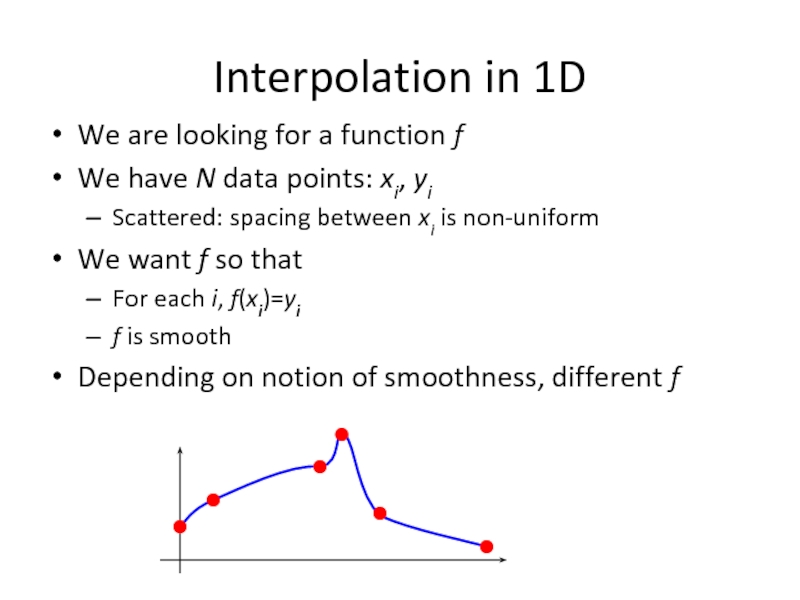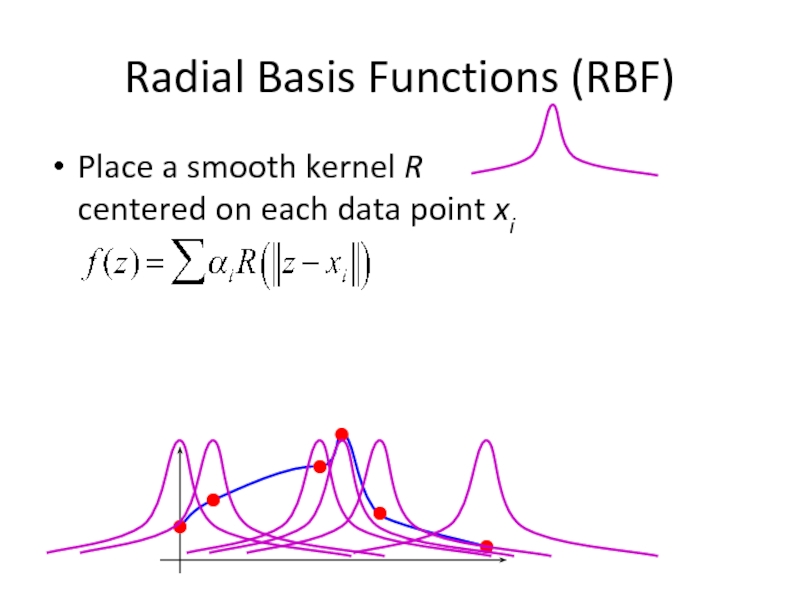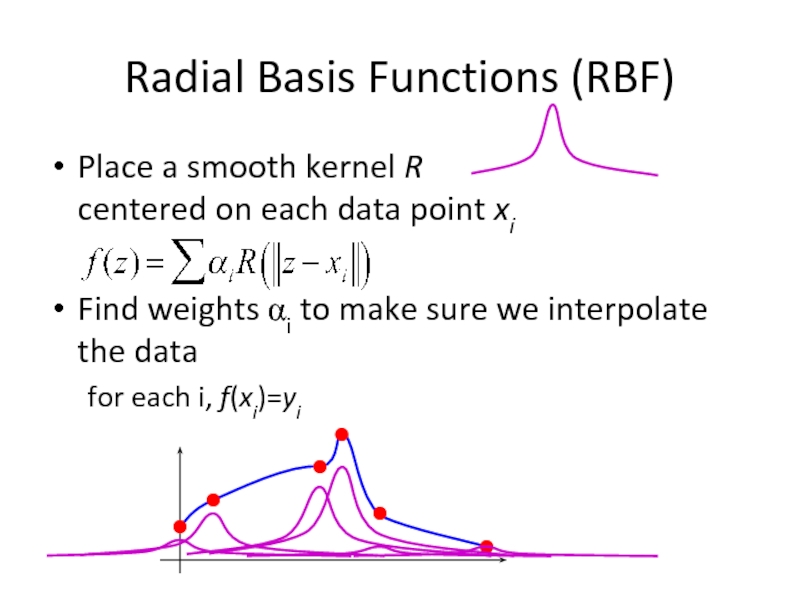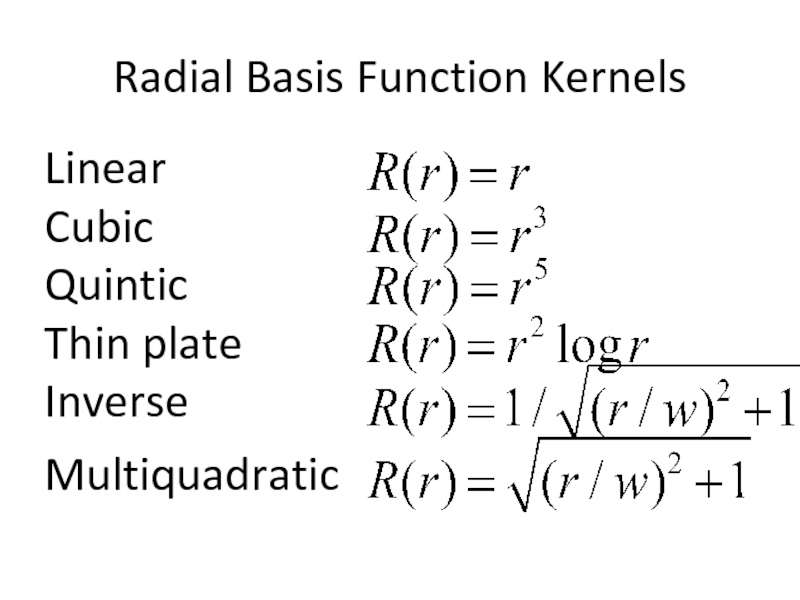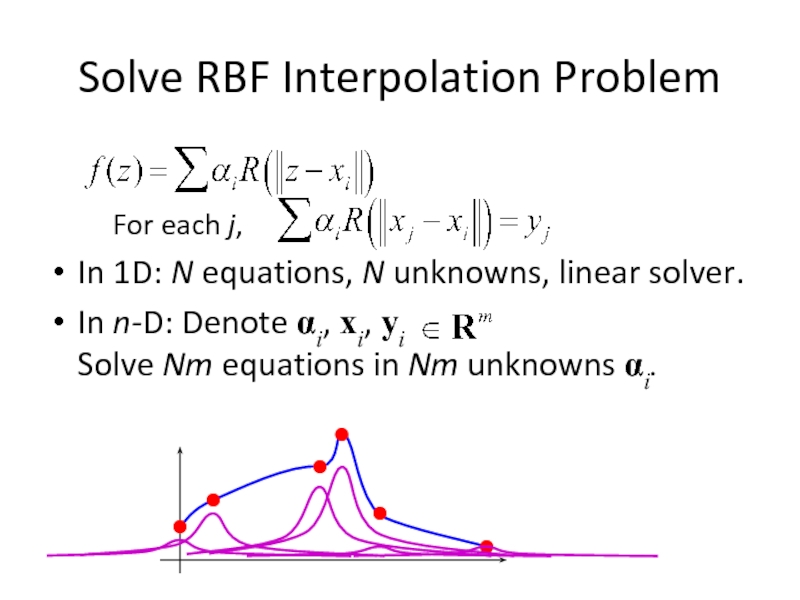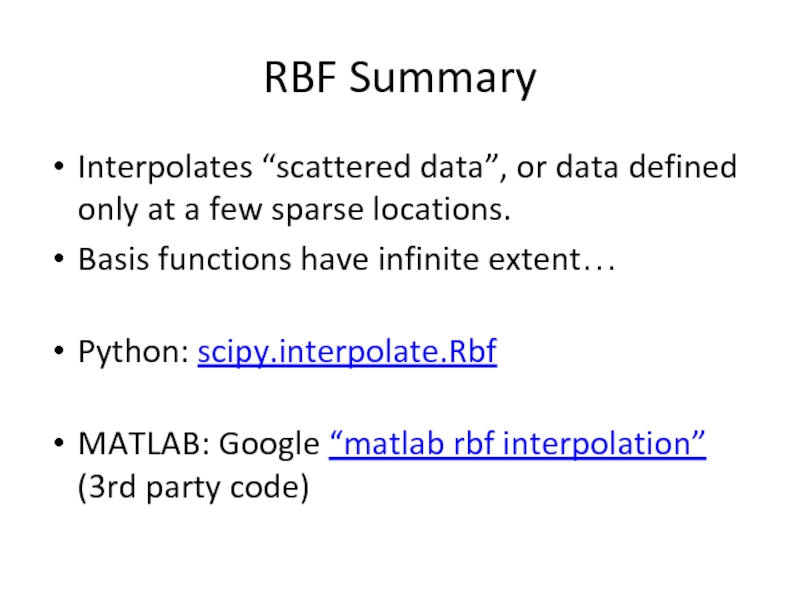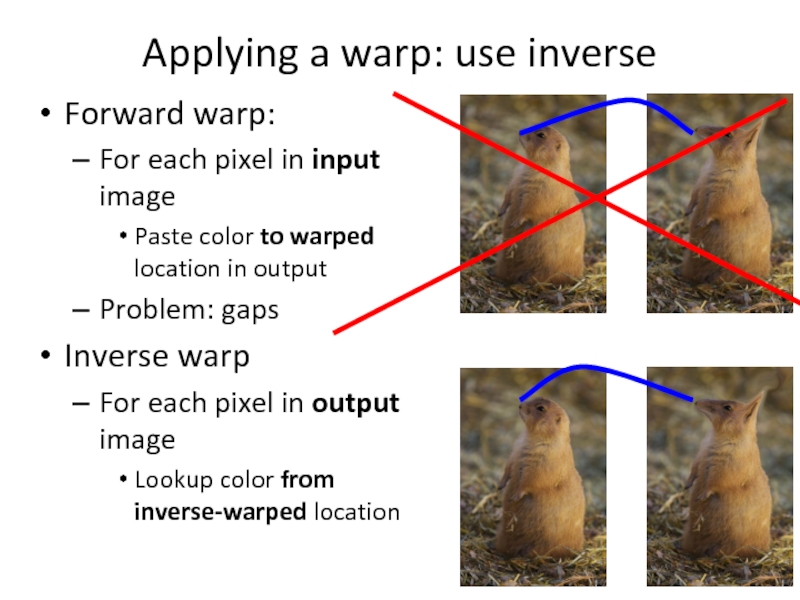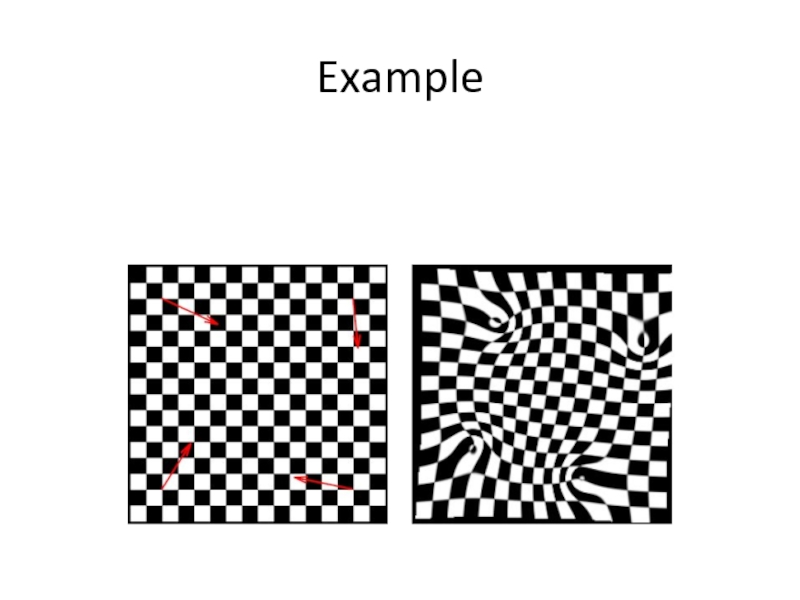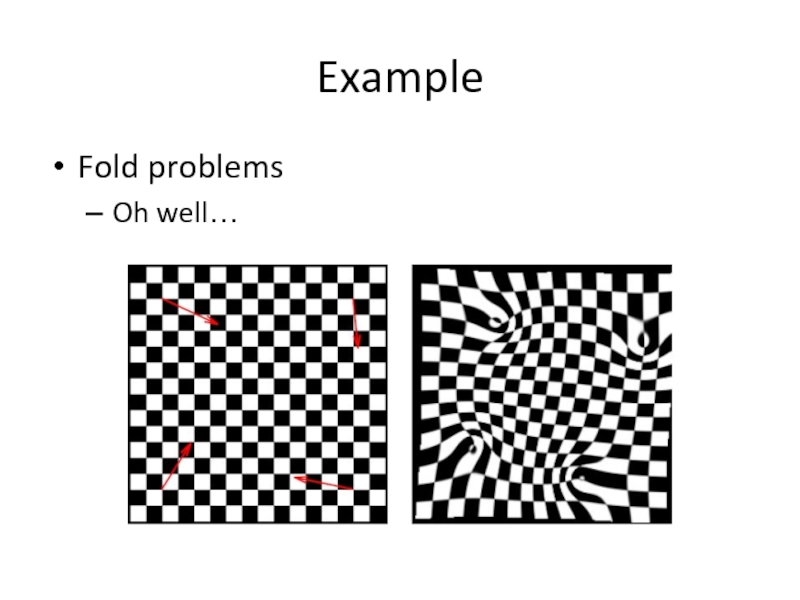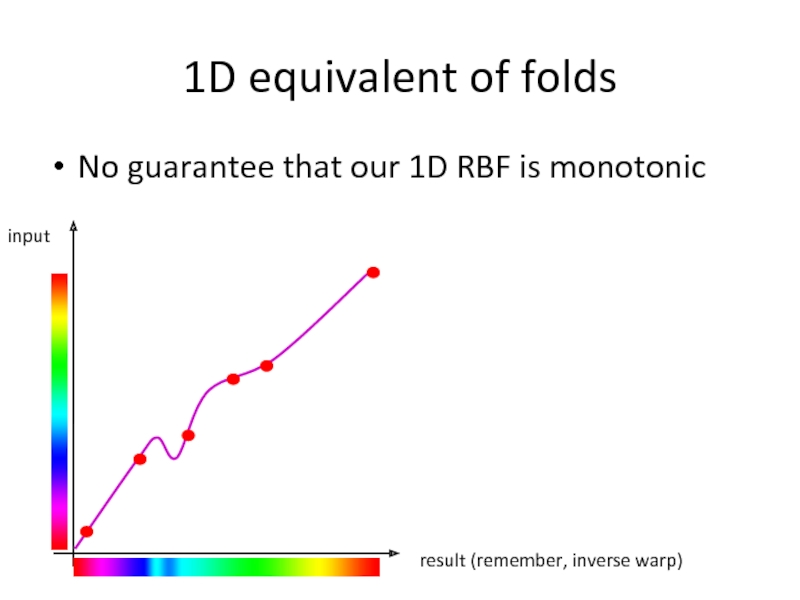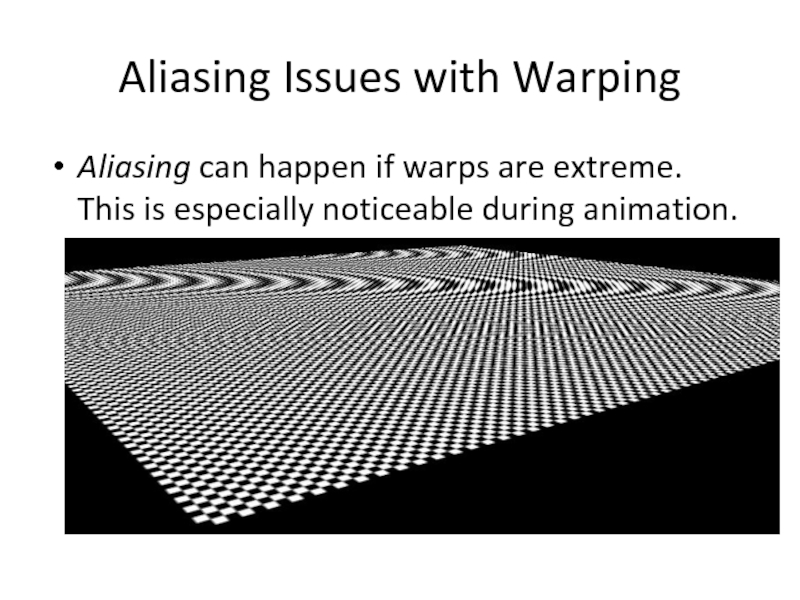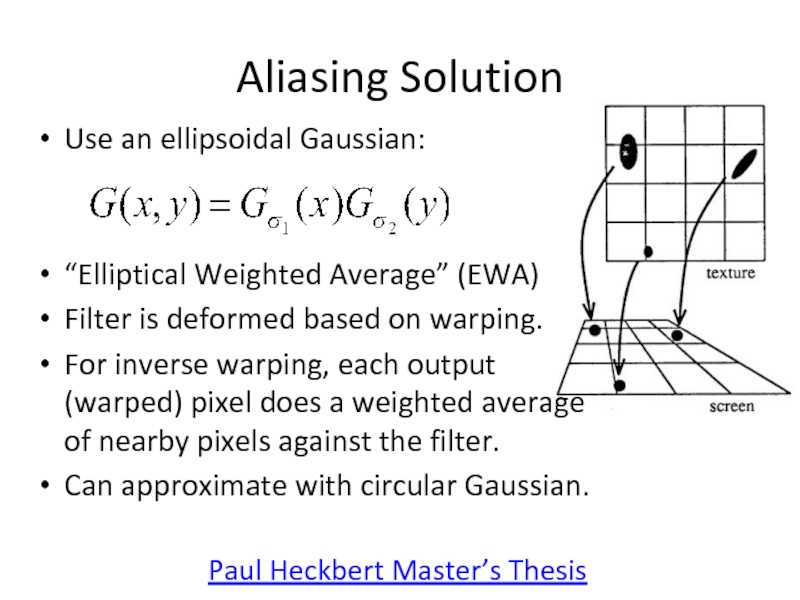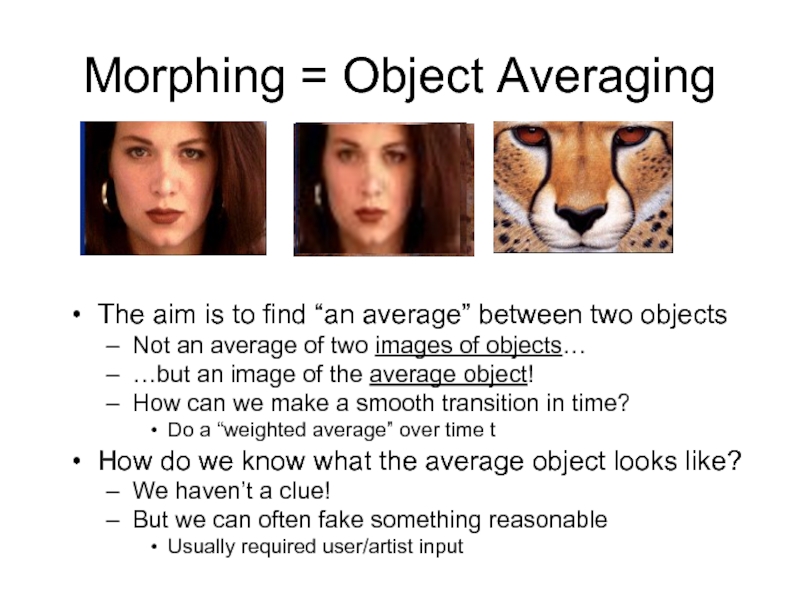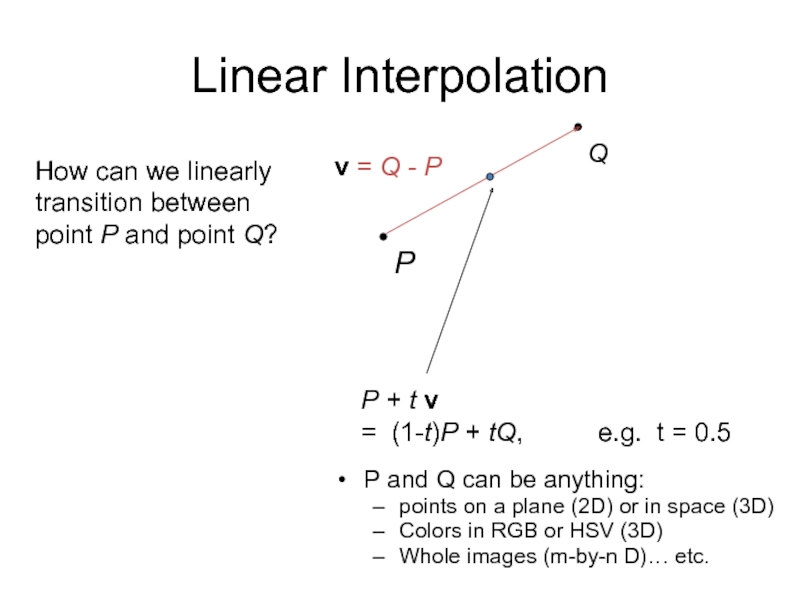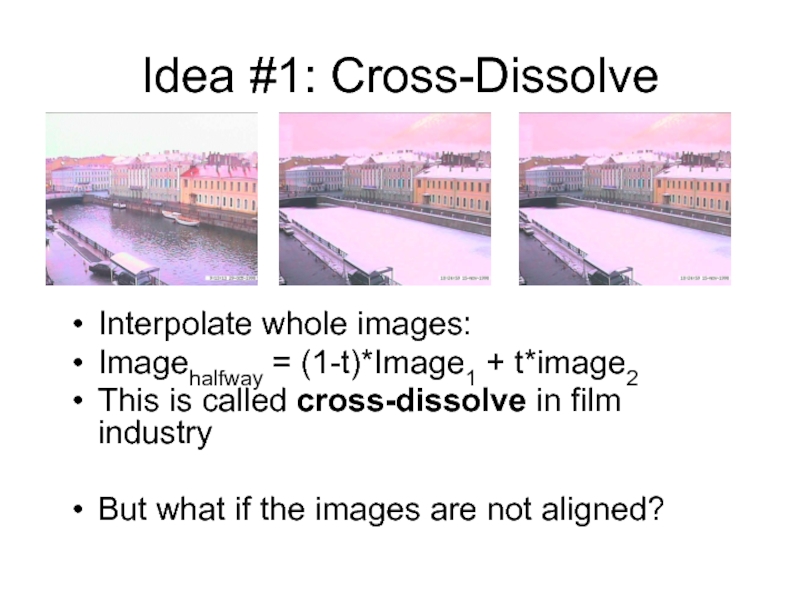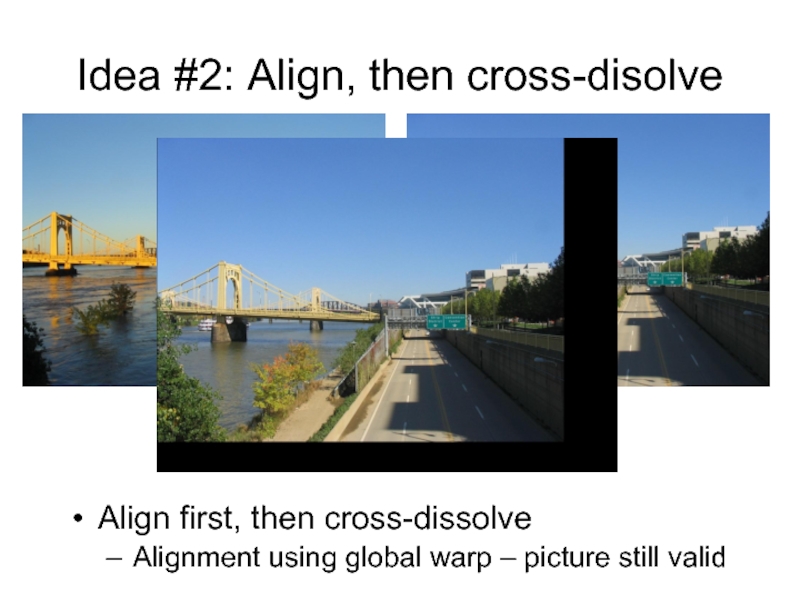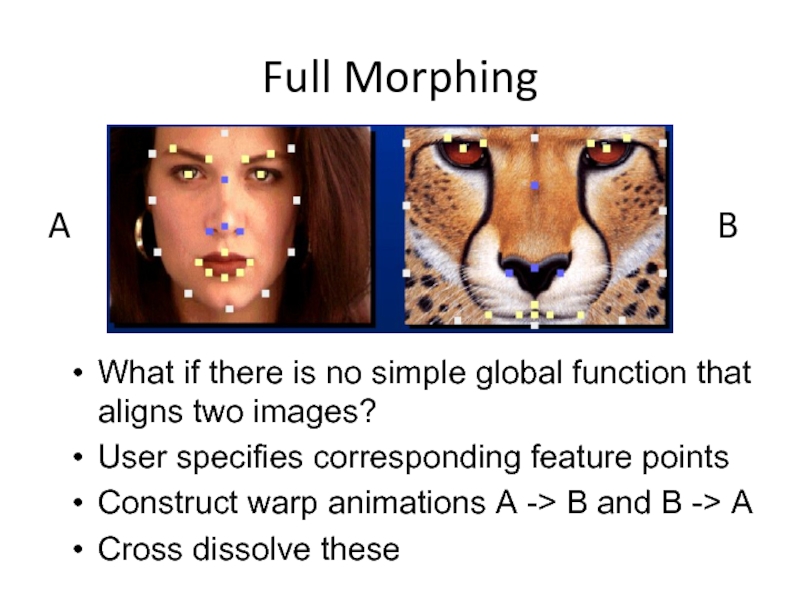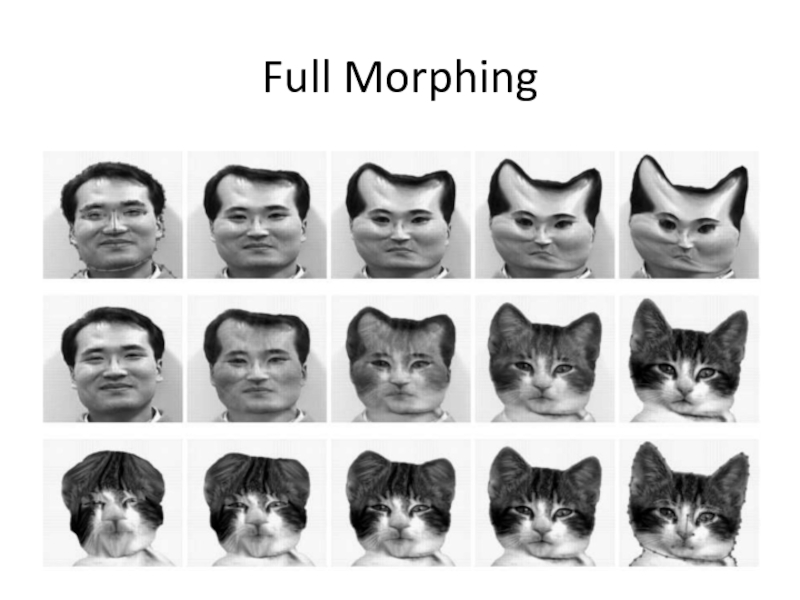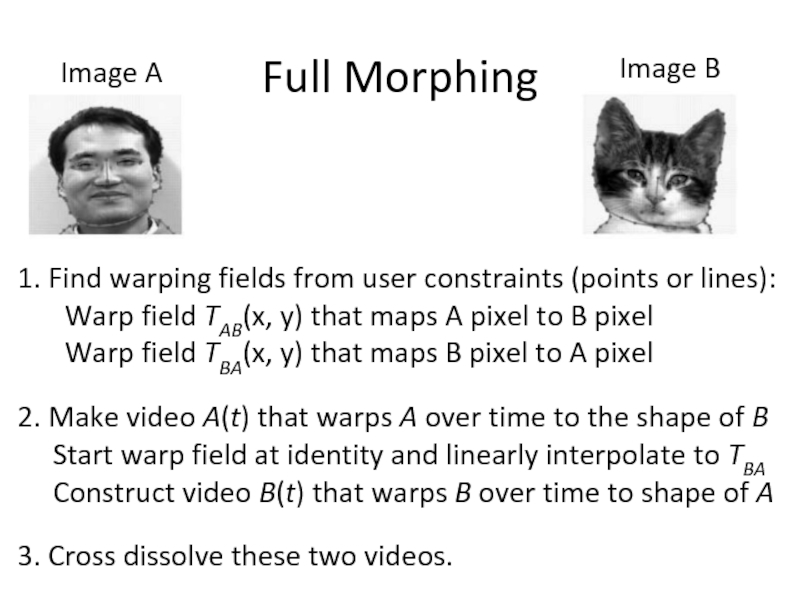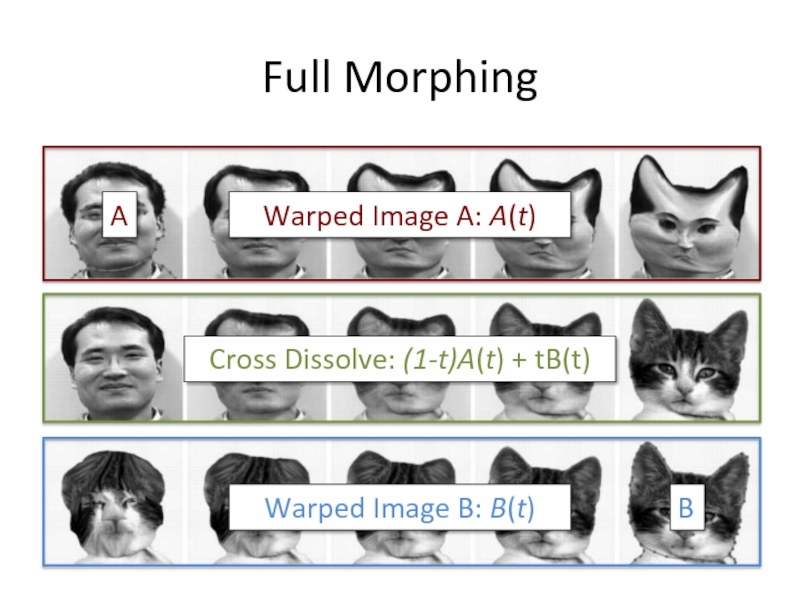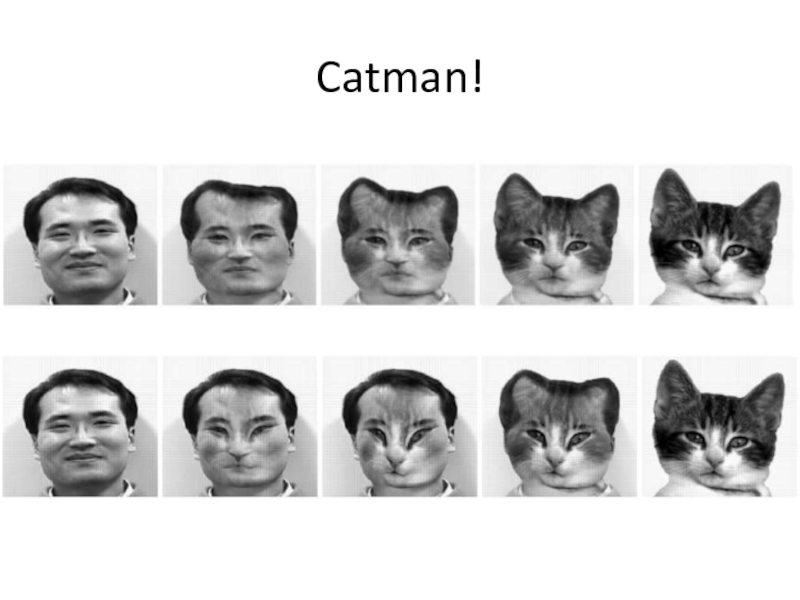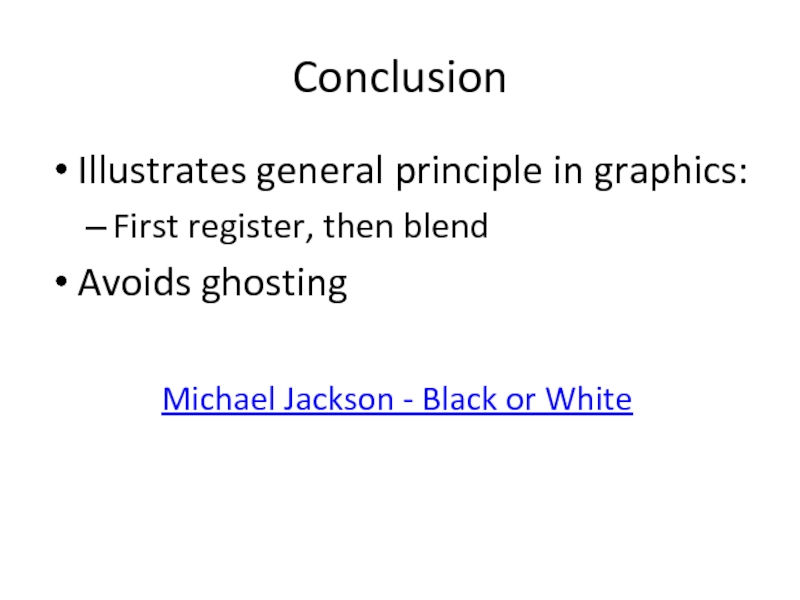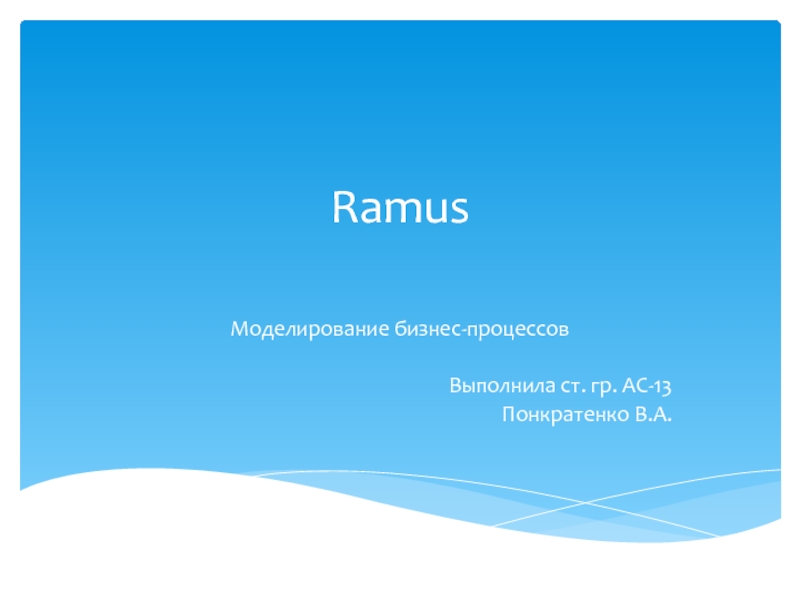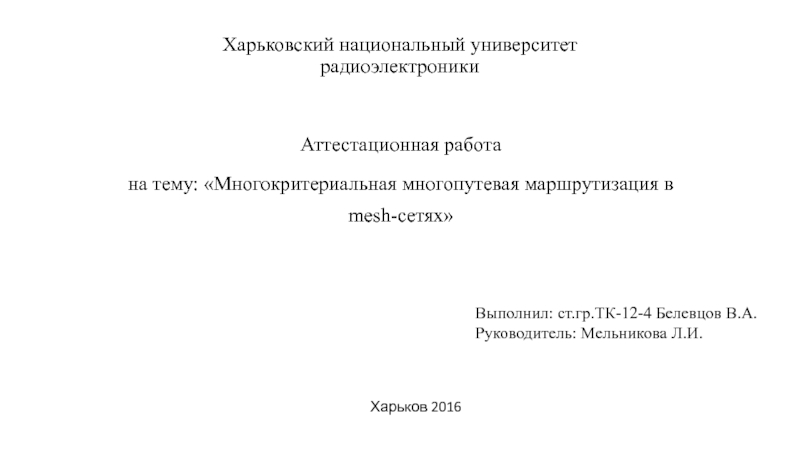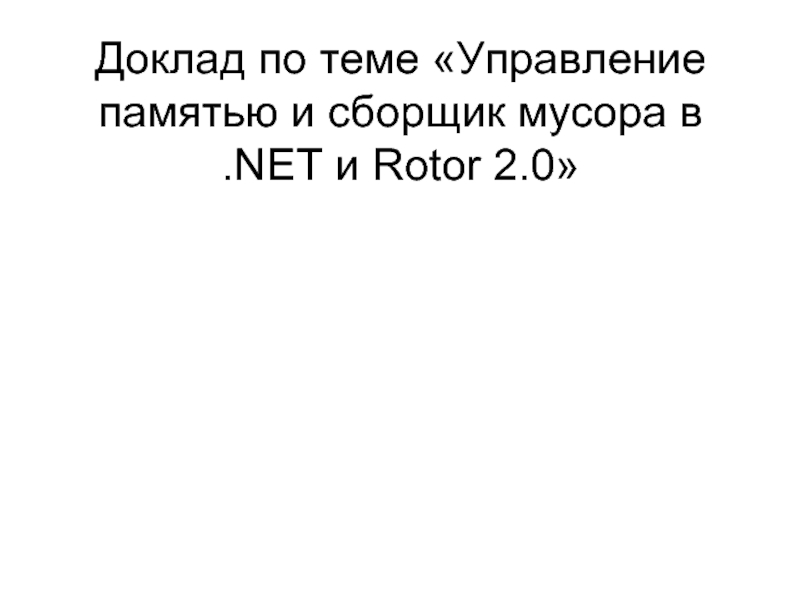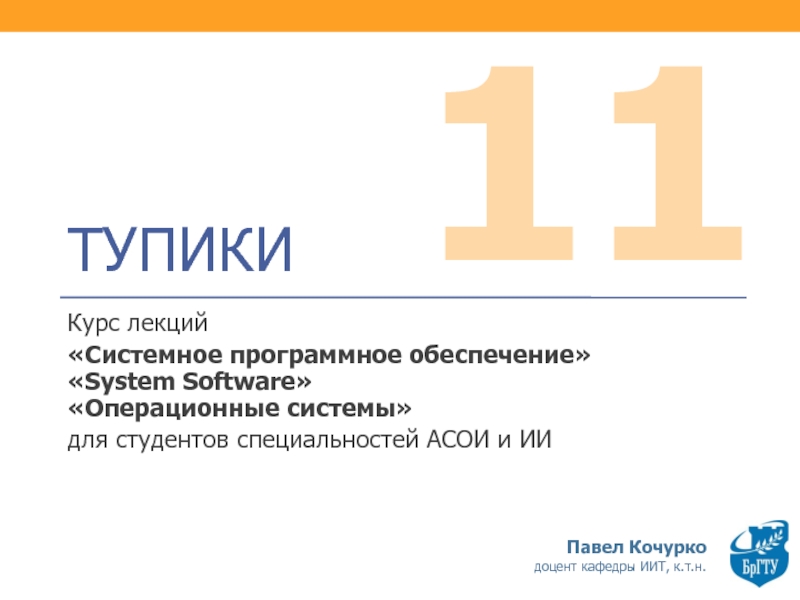Some slides from Fredo Durand, Bill Freeman, James Hays
- Главная
- Разное
- Дизайн
- Бизнес и предпринимательство
- Аналитика
- Образование
- Развлечения
- Красота и здоровье
- Финансы
- Государство
- Путешествия
- Спорт
- Недвижимость
- Армия
- Графика
- Культурология
- Еда и кулинария
- Лингвистика
- Английский язык
- Астрономия
- Алгебра
- Биология
- География
- Детские презентации
- Информатика
- История
- Литература
- Маркетинг
- Математика
- Медицина
- Менеджмент
- Музыка
- МХК
- Немецкий язык
- ОБЖ
- Обществознание
- Окружающий мир
- Педагогика
- Русский язык
- Технология
- Физика
- Философия
- Химия
- Шаблоны, картинки для презентаций
- Экология
- Экономика
- Юриспруденция
Image warping / morphing презентация
Содержание
- 1. Image warping / morphing
- 2. Morphing Video: Women in Art http://www.vimeo.com/1456037
- 3. Terminator 2 Morphing (1991) Terminator 2 Clip (YouTube)
- 4. D'Arcy Thompson Importance of shape
- 5. Cambrian Explosion Source: http://www.earthlearningidea.com/
- 6. Skeletons
- 7. Skeletons
- 8. Recovering Transformations What if we know f
- 9. Translation: # correspondences? How many correspondences needed
- 10. Translation + Rotation? How many correspondences needed
- 11. Affine: # correspondences? How many correspondences needed
- 12. Projective / Homography How many correspondences needed
- 13. Image Warping Given a coordinate transform (x’,y’)
- 14. (x,y) (x’,y’) Forward warping Send each pixel
- 15. f(x,y) g(x’,y’) Forward warping x x’
- 16. (x,y) (x’,y’) x y Inverse warping Get
- 17. f(x,y) g(x’,y’) x y Inverse warping x
- 18. Forward vs. inverse warping Q: Which is better?
- 19. Forward vs. inverse warping Q: Which is
- 20. How to Obtain Warp Field? Move control
- 21. Warp as Interpolation We are looking for
- 22. Interpolation in 1D We are looking for
- 23. Radial Basis Functions (RBF) Place a smooth
- 24. Radial Basis Functions (RBF) Place a smooth
- 25. Radial Basis Function Kernels Linear Cubic Quintic Thin plate Inverse Multiquadratic
- 26. Solve RBF Interpolation Problem For
- 27. RBF Summary Interpolates “scattered data”, or data
- 28. Applying a warp: use inverse Forward warp:
- 29. Example
- 30. Example Fold problems Oh well…
- 31. 1D equivalent of folds No guarantee that
- 32. Aliasing Issues with Warping Aliasing can happen
- 33. Aliasing Solution Use an ellipsoidal Gaussian:
- 34. Morphing = Object Averaging The aim is
- 35. P Q v = Q
- 36. Idea #1: Cross-Dissolve Interpolate whole images: Imagehalfway
- 37. Idea #2: Align, then cross-disolve Align first,
- 38. Full Morphing What if there is no
- 39. Full Morphing
- 40. Full Morphing Image A Image B 1.
- 41. Full Morphing A B Warped Image A:
- 42. Catman!
- 43. Conclusion Illustrates general principle in graphics: First
Слайд 1Image Warping / Morphing
Computational Photography
Connelly Barnes
[Wolberg 1996, Recent Advances in Image
Слайд 4D'Arcy Thompson
Importance of shape and structure in evolution
Slide by Durand
Image Warping in Biology
http://en.wikipedia.org/wiki/D'Arcy_Thompson
Слайд 8Recovering Transformations
What if we know f and g and want to
e.g. better align photographs you’ve taken
willing to let user provide correspondences
How many do we need?
x
x’
T(x,y)
y
y’
f(x,y)
g(x’,y’)
?
Слайд 9Translation: # correspondences?
How many correspondences needed for translation?
How many Degrees of
What is the transformation matrix?
x
x’
T(x,y)
y
y’
?
Слайд 10Translation + Rotation?
How many correspondences needed for translation+rotation?
How many DOF?
x
x’
T(x,y)
y
y’
?
Слайд 11Affine: # correspondences?
How many correspondences needed for affine transform?
How many DOF?
x
x’
T(x,y)
y
y’
?
Слайд 12Projective / Homography
How many correspondences needed for projective? How many DOF?
x
x’
T(x,y)
y
y’
?
Слайд 13Image Warping
Given a coordinate transform (x’,y’) = T(x,y) and a source
x
x’
T(x,y)
f(x,y)
g(x’,y’)
y
y’
Слайд 14(x,y)
(x’,y’)
Forward warping
Send each pixel (x,y) to its corresponding location
x
x’
T(x,y)
y
y’
Слайд 15f(x,y)
g(x’,y’)
Forward warping
x
x’
T(x,y)
Q: what if pixel lands “between” two pixels?
y
y’
A: distribute color
Known as “splatting”
Can also interpolate points in target image: griddata (Matlab), scipy.interpolate.griddata (Python)
Слайд 16(x,y)
(x’,y’)
x
y
Inverse warping
Get each pixel color g(x’,y’) from its corresponding location
x
x’
y’
Слайд 17f(x,y)
g(x’,y’)
x
y
Inverse warping
x
x’
Q: what if pixel comes from “between” two pixels?
y’
A: Interpolate
nearest neighbor, bilinear, Gaussian, bicubic
See interp2 (Matlab), scipy.interpolate.interp2d (Python)
Слайд 19Forward vs. inverse warping
Q: Which is better?
A: Usually inverse – eliminates
However, it requires an invertible warp function
Not always possible
Слайд 20How to Obtain Warp Field?
Move control points to specify a spline
Spline produces a smooth vector field T(x, y)
Slide Alyosha Efros
Слайд 21Warp as Interpolation
We are looking for a warping field
A function that
We have a sparse number of correspondences
These specify values of the warping field
This is an interpolation problem
Given sparse data, find smooth function
Слайд 22Interpolation in 1D
We are looking for a function f
We have N
Scattered: spacing between xi is non-uniform
We want f so that
For each i, f(xi)=yi
f is smooth
Depending on notion of smoothness, different f
Слайд 24Radial Basis Functions (RBF)
Place a smooth kernel R
centered on each
Find weights αi to make sure we interpolate the data
for each i, f(xi)=yi
Слайд 26Solve RBF Interpolation Problem
For each j,
In 1D: N equations, N
In n-D: Denote αi, xi, yi Solve Nm equations in Nm unknowns αi.
Слайд 27RBF Summary
Interpolates “scattered data”, or data defined only at a few
Basis functions have infinite extent…
Python: scipy.interpolate.Rbf
MATLAB: Google “matlab rbf interpolation” (3rd party code)
Слайд 28Applying a warp: use inverse
Forward warp:
For each pixel in input
Paste color to warped location in output
Problem: gaps
Inverse warp
For each pixel in output image
Lookup color from inverse-warped location
Слайд 311D equivalent of folds
No guarantee that our 1D RBF is monotonic
result
input
Слайд 32Aliasing Issues with Warping
Aliasing can happen if warps are extreme.
This is
point sampling
mipmaps & linear interpolation
Слайд 33Aliasing Solution
Use an ellipsoidal Gaussian:
“Elliptical Weighted Average” (EWA)
Filter is deformed based
For inverse warping, each output (warped) pixel does a weighted average of nearby pixels against the filter.
Can approximate with circular Gaussian.
Paul Heckbert Master’s Thesis
Слайд 34Morphing = Object Averaging
The aim is to find “an average” between
Not an average of two images of objects…
…but an image of the average object!
How can we make a smooth transition in time?
Do a “weighted average” over time t
How do we know what the average object looks like?
We haven’t a clue!
But we can often fake something reasonable
Usually required user/artist input
Слайд 35
P
Q
v = Q - P
P + t v
= (1-t)P + tQ,
Linear Interpolation
P and Q can be anything:
points on a plane (2D) or in space (3D)
Colors in RGB or HSV (3D)
Whole images (m-by-n D)… etc.
How can we linearly
transition between
point P and point Q?
Слайд 36Idea #1: Cross-Dissolve
Interpolate whole images:
Imagehalfway = (1-t)*Image1 + t*image2
This is called
But what if the images are not aligned?
Слайд 37Idea #2: Align, then cross-disolve
Align first, then cross-dissolve
Alignment using global warp
Слайд 38Full Morphing
What if there is no simple global function that aligns
User specifies corresponding feature points
Construct warp animations A -> B and B -> A
Cross dissolve these
A
B
Слайд 40Full Morphing
Image A
Image B
1. Find warping fields from user constraints (points
Warp field TBA(x, y) that maps B pixel to A pixel
2. Make video A(t) that warps A over time to the shape of B
Start warp field at identity and linearly interpolate to TBA
Construct video B(t) that warps B over time to shape of A 3. Cross dissolve these two videos.
![Image Warping / MorphingComputational Photography Connelly Barnes[Wolberg 1996, Recent Advances in Image Morphing]Some slides from](/img/tmb/2/147002/1049870f152e26a0c92d5025a29587e3-800x.jpg)
